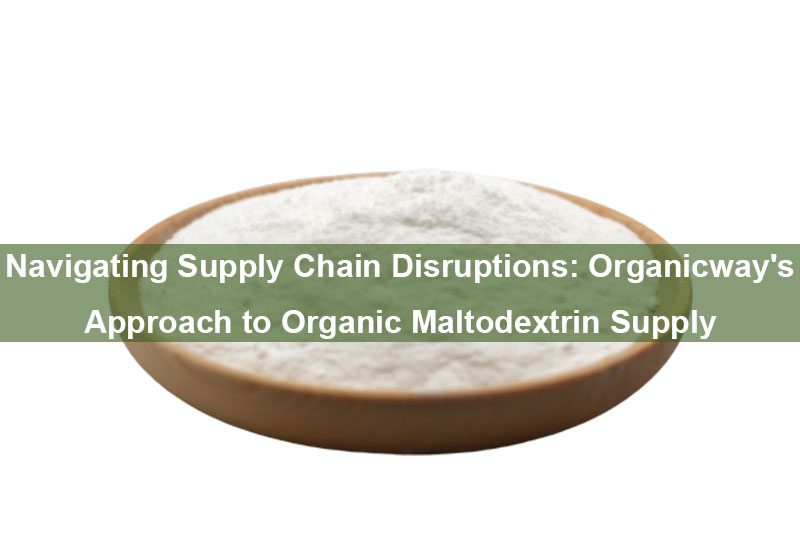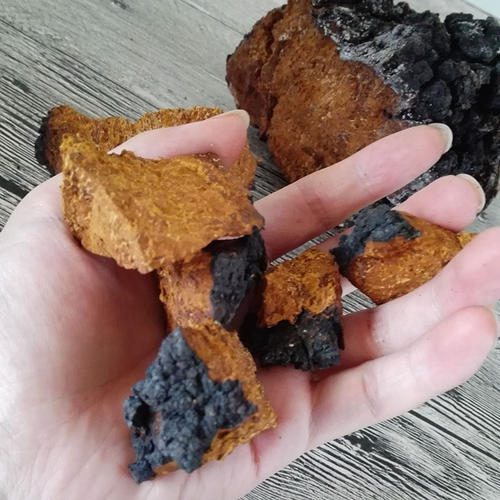Table of Contents
Sunflower protein is a plant-based protein extracted from the meal produced while extracting the oil from the sunflower seeds. It contains 14% to 20% of protein and has a high content of essential amino acids, antioxidants, and minerals. Sunflower protein is used in various applications such as nutraceuticals, food, cosmetics, and animal feed.
The global sunflower protein market was valued at $70.4 million in 2020, and is expected to reach $156.3 million by 2030, witnessing a compound annual growth rate (CAGR) of 8.8% from 2021 to 2030. The growth of the market is driven by the increase in consumption of nutraceuticals, rise in awareness regarding lifestyle diseases, and surge in demand for vegan protein. However, the market faces some challenges such as the ease in availability of substitutes, high processing costs, and complex extraction process.
Market Segmentation
The global sunflower protein market can be segmented by type, application, and region. By type, the market can be bifurcated into conventional and organic. The conventional segment accounted for around 95% of the total market share in 2020, and is expected to maintain its dominance during the forecast period. However, the organic segment is expected to witness the highest CAGR of 10.0% from 2021 to 2030, as consumers are increasingly preferring natural and organic products over synthetic ones.
By application, the market can be categorized into nutraceuticals, food, cosmetics, and animal feed. The nutraceuticals segment held the largest share in 2020, contributing to around 88% of the total market share, as sunflower protein is widely used as a dietary supplement for boosting immunity, enhancing muscle growth, and preventing protein deficiency. The food segment is estimated to witness the largest CAGR of 10.7% from 2021 to 2030, as sunflower protein is used as a meat alternative, a baking ingredient, and a sports drink component.
By region, the market can be divided into North America, Europe, Asia-Pacific, and LAMEA (Latin America, Middle East, and Africa). North America accounted for the highest share in 2020, and is expected to maintain its lead position in terms of revenue by 2030. This is attributed to the high consumption of nutraceuticals, the presence of major players, and the increasing adoption of veganism in the region. Asia-Pacific is expected to register the fastest growth rate during the forecast period, owing to the rising disposable income, growing health awareness, and expanding food industry in the region.
Regional and Country Analysis
The following table summarizes some key statistics and information about the sunflower protein market in different regions and countries.
| Region/Country | Market Size (2020) | Market Share (2020) | CAGR (2021-2030) | Manufacturing Process | Usage |
|---|---|---|---|---|---|
| North America | $25.5 million | 36.2% | 8.3% | Solvent extraction or cold pressing followed by defatting and drying | Nutraceuticals, food, cosmetics, animal feed |
| Europe | $19.9 million | 28.3% | 8.6% | Cold pressing followed by defatting and drying | Nutraceuticals, food, cosmetics, animal feed |
| Asia-Pacific | $15.7 million | 22.3% | 10.2% | Solvent extraction or cold pressing followed by defatting and drying | Nutraceuticals, food, cosmetics, animal feed |
| LAMEA | $9.3 million | 13.2% | 8.2%^ | Solvent extraction or cold pressing followed by defatting and drying | Nutraceuticals, food |
Conclusion
Sunflower protein is a promising plant-based protein that offers various health benefits and applications. The global sunflower protein market is expected to grow significantly in the next decade due to the increasing demand for nutraceuticals, vegan protein, and meat alternatives. However, the market also faces some challenges such as competition from other plant-based proteins, high processing costs, and complex extraction process.

